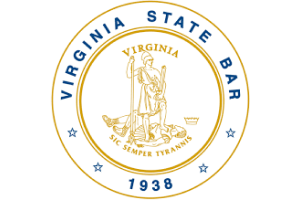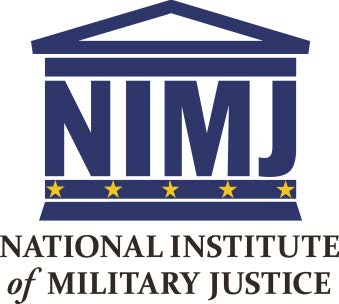Internet), Will Travel
Social Media
Social media risks are out there.
As of 25 May 2017, it appears the House of Representatives has passed the Protecting the Rights of IndiViduals Against Technological Exploitation, or PRIVATE Act,
Readers will be aware of the recent scandal about military personnel posting nude images of other servicemembers online. See e.g.,
A Secret Marines Facebook Group
Shared Nude Photos of Female Service Members
In reaction, the Secretary of the Navy has published a change to Navy Regulations, applicable to all Navy and Marine Corps personnel. The important language is
Article 1168 of reference (a) is added to read as follows:
- 1168. Nonconsensual distribution or broadcasting of an image.
- The wrongful distribution or broadcasting of an intimate image is prohibited.
- The distribution or broadcasting is wrongful if the person making the distribution or broadcast does so without legal justification or excuse, knows or reasonably should know that the depicted person did not consent to the disclosure, and the intimate image is distributed or broadcast:
- With the intent to realize personal gain;
- With the intent to humiliate, harm, harass, intimidate, threaten, or coerce the depicted person; or
- With reckless disregard as to whether the depicted person would be humiliated, harmed, intimidated, threatened, or coerced.
Some commentators have opined that it will be difficult to impossible to prosecute someone as a general orders violation under Article 92, UCMJ.
I am not so sanguine. The example given is posting an image of someone you don’t know, and the prosecution does not produce the person to testify at trial that they felt “humiliat[ion], harm, harass[ment], intimidate[ion], threaten[ed], or coerce[ed].”
If you don’t know the person and post an offending image, and the prosecution produces evidence of that, then I think the prosecution can meet a(2), above. There is circumstantial evidence that there was no consent–perhaps a presumption similar to that used in urinalysis cases. I think then the burden would shift to the defense to negate the presumed lack of consent.
The second “element” –what was intended–may be harder, but the language of the order does not require that the person in the image actually feel humiliation, harm, harassment, intimidation, threat, or coercion. The “element” requires the prosecution to prove that the accused had that intent, not that the harm happened. But, if they do show harm, then I suspect the prosecutor would argue that as evidence in aggravation.
That said, there are several points about the “regulation” that may be fruitful avenues of attack, depending on the facts. As one colleague has noted:
“it’s not clear that the definitions and limitations in paragraphs 3-7 are part of the new Article 1168. Rather, the formatting of the ALNAV suggests that Article 1168 is only the prohibition in paragraph 2.a, including sub-paragraphs 2.a(1) and 2.a(2)(a-c). The additional paragraphs (including the three-part definition of intimate image in paragraph 5) seem to be merely SECNAV’s interpretation and not actually part of Article 1168.
The issue here is similar to how the Manual for Courts-Martial is set up: first the rule, then definitions, then the Discussion. While the discussion is not dispositive on how the rule is to be interpreted or applied, it can have the effect of expressing the intent of the drafter and can be “instructive,” as the courts say.
Does paragraph 2.a(2) of the ALNAV creates a confusing, double three-part test for when the distribution or broadcasting of an intimate image is wrongful?
Can the prosecution prove that the image posted was “taken under circumstances in which the person depicted had a reasonable expectation of privacy?”
So, clearly, caution is required when posting anything on social media.
If you become ensnared in such a situation, contact military defense lawyer Phil Cave atmljucmj@court-martial.com for a consultation.





